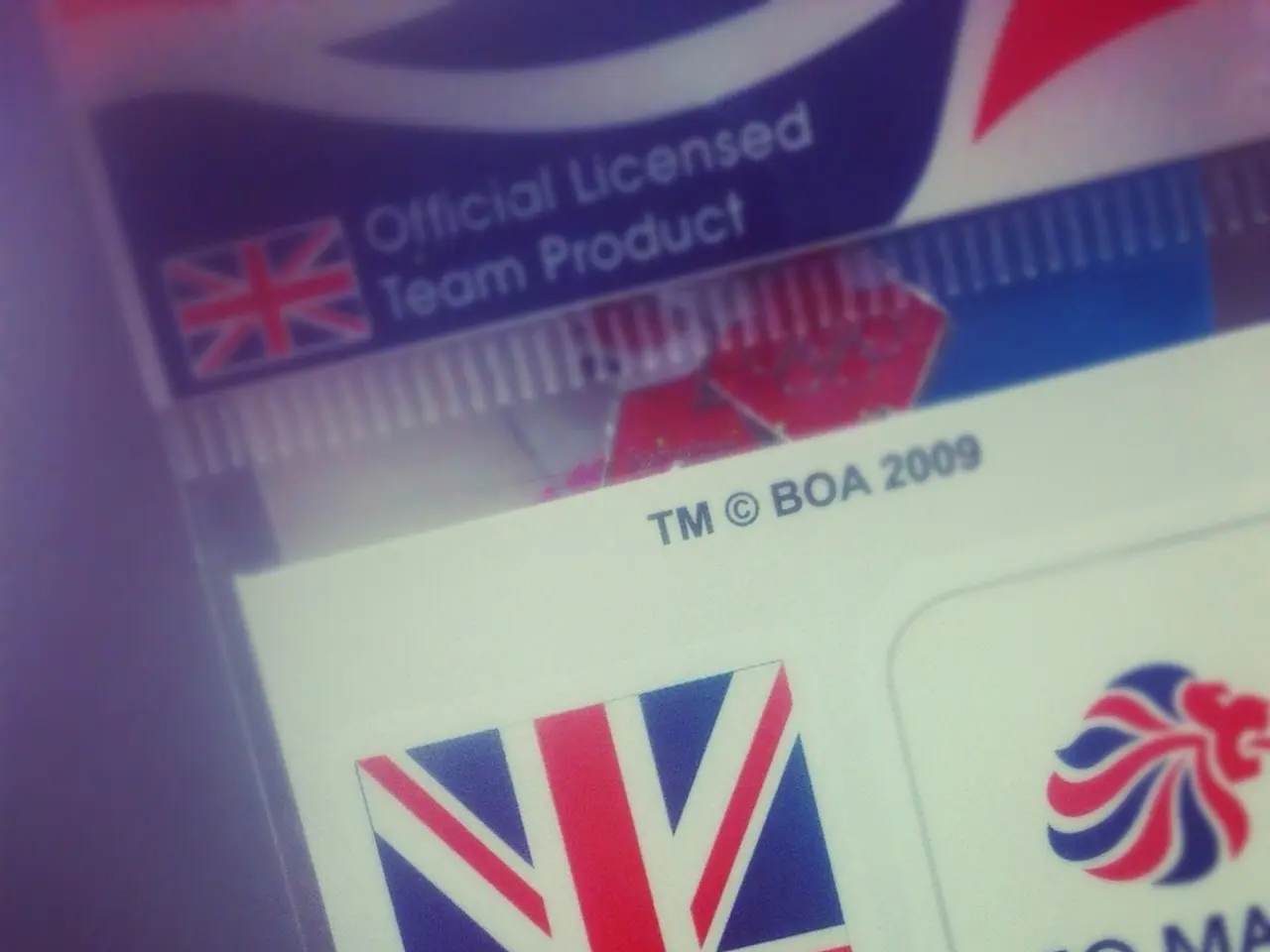Verification of Clients: Understanding Its Importance and Significance. Comprehensive Guide for the Year 2024
In the ever-evolving digital landscape of finance and banking, the importance of customer reverification cannot be overstated. This process, a crucial component of ongoing monitoring and Customer Due Diligence (CDD), ensures that customer information remains accurate and up-to-date, enhancing the ability to detect and prevent fraud, money laundering, and other illicit activities.
Reverification plays a pivotal role in maintaining data integrity, securing transactions, monitoring account activity, and educating customers, all while fostering effective customer relationship management. As we move forward, the trends of reverification are expected to evolve, integrating artificial intelligence and machine learning, biometric verification methods, behavioral analytics, and decentralized identity solutions.
Best practices for customer reverification are centred around risk-based, technology-enhanced approaches that strike a balance between regulatory compliance and customer experience. Key practices include progressive risk segmentation, digital identity verification systems, automation with human oversight, ongoing monitoring and due diligence, regular updates and compliance alignment, minimizing false positives, and participation in intelligence sharing.
Progressive risk segmentation tailors re-verification processes based on the customer’s real-time risk profile, reducing friction and improving conversion rates. Digital identity verification systems combine biometric checks, document validation, and liveness detection for fast, accurate, and secure customer identity reaffirmation. Automation with human oversight improves precision and scalability, while retaining trained staff to manage complex cases and evolving compliance rules.
Ongoing monitoring and due diligence continuously evaluate customer risk via transaction monitoring, watchlist screening, and behaviour analysis to detect anomalies early and trigger reverification where necessary. Regular updates and compliance alignment maintain the reverification framework by updating technology and processes to reflect changing regulations and emerging fraud typologies. Minimizing false positives carefully calibrates internal rules to balance catching legitimate risk signals and avoiding excessive false alarms that burden compliance teams.
Participation in intelligence sharing collaborates with external networks to stay informed on evolving fraud patterns, improving early detection during ongoing reverification processes. Biometric reverification confirms and validates the identity of individuals using their unique biological traits.
Access control update is crucial for reverification, ensuring that access rights align with current roles and responsibilities. Two-Factor Authentication (2FA) can be part of the reverification process, requiring users to provide two distinct forms of identification. Credential management during reverification includes password and password policy updates, credential storage updates, Multi-Factor Authentication (MFA) settings, access control, user authentication protocols, and credential expiry.
The ultimate goal of reverification is to ensure businesses have up-to-date information about their customers and can identify any changes in their risk profile over time. By implementing these best practices, financial institutions can manage risks effectively while maintaining a positive customer relationship.
Artificial intelligence and machine learning are anticipated to integrate into the trends of customer reverification, enhancing the process by automating routine tasks and enabling more accurate risk assessments. This technology integration, coupled with biometric verification methods, behavioral analytics, and decentralized identity solutions, aims to improve data integrity, secure transactions, and strengthen customer relationship management in the business and technology sectors.
In the realm of access control updates, implementing Two-Factor Authentication (2FA) as part of the reverification process can add an extra layer of security by requiring users to provide two distinct forms of identification, while credential management during reverification involves updating password and password policies, storing and managing user credentials, and managing user authentication protocols to ensure secure access.




